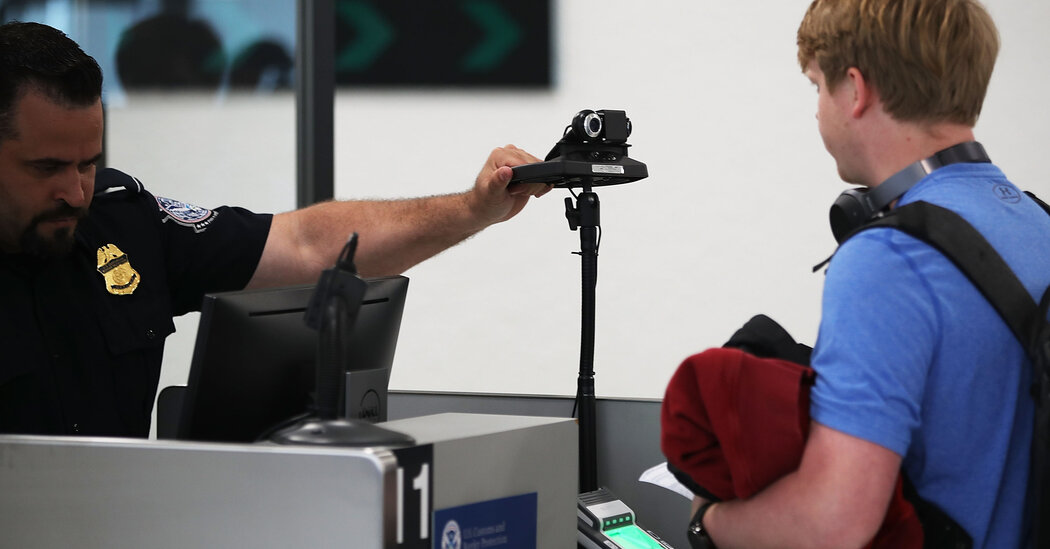In recent weeks, a flurry of international visitors attempting to enter the United States from other countries have been denied entry at border checkpoints, leading to either deportations to their home countries or days or weeks of detention.
A 28-year-old British woman arrived in Britain earlier this week after she was held at an immigration detention center in Washington State for three weeks. She had attempted to enter the United States from Canada, and questions arose at the land-border crossing whether she had the correct visa.
Her ordeal came shortly after two German tourists in separate incidents were deported after trying to enter the United States from Mexico. Both had spent weeks in a detention center in San Diego, and both said they were unclear as to why they had been detained and deported.
The incidents have sparked international concern over what travelers can expect at U.S. border crossings. Most citizens of most European countries have for years enjoyed visa-free travel, for up to 90 days, to the United States.
Here’s what to know about travel visas and rights for international visitors entering the United States.
The basics of entering and exiting the U.S.
People seeking to enter the United States who are not U.S. citizens must have a valid passport that is not set to expire within six months. Additionally, most people need either a visa or, for citizens of countries participating in the visa-free travel agreement, an Electronic System for Travel Authorization, known as an ESTA.
ESTAs are applied for online by submitting a photo (or computer scan) of a valid passport, as well as an email address, home address, phone number and emergency contact.
For citizens of countries that are not part of the visa-free program, most vetting for visas occurs at consulates in visitors’ home countries, said Jeff Joseph, an immigration lawyer in Denver. Consulate officials will look for signs that people plan to overstay their tourist visas, or intend to work, among other things.
The visa — or the authorization — is just an entry document to get people to the airport or a land border, Mr. Joseph said. It does not guarantee entry to the United States. Once a traveler arrives, they have to prove that they intend to use the visa as directed.
Immigration officials will ask routine questions, usually regarding the purpose of the visit, the duration of the stay, where travelers plan to stay, and what they plan to do. Visitors can be taken for a second round of…
Click Here to Read the Full Original Article at NYT > Travel…
